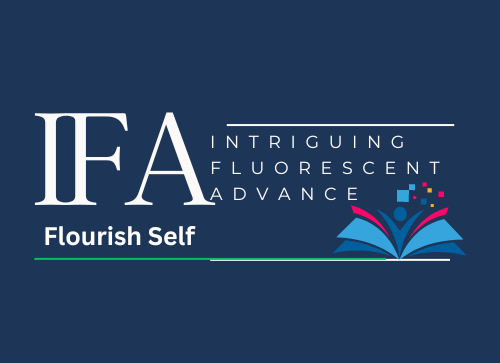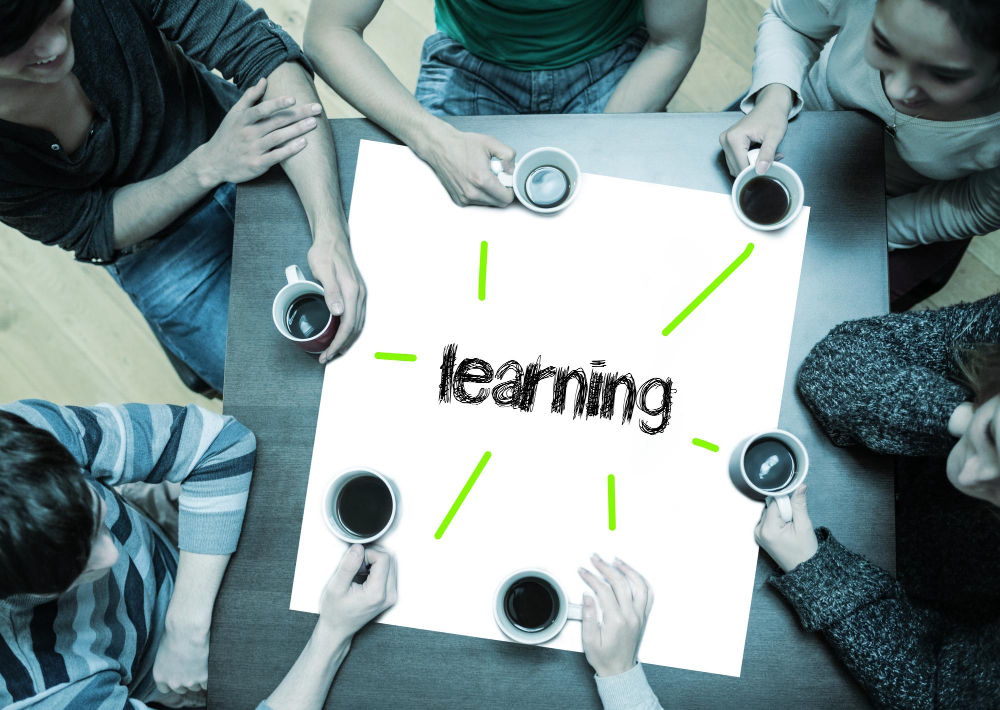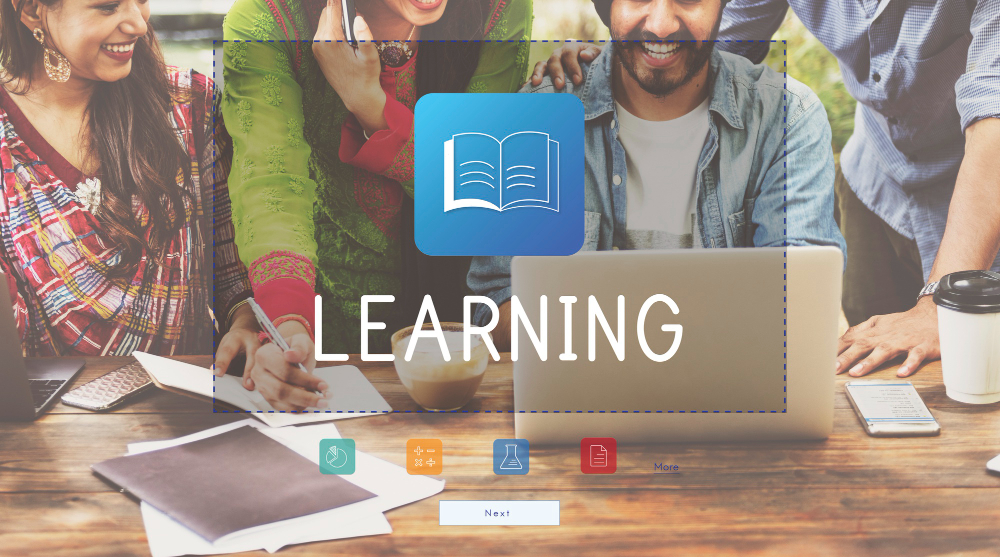
Integrating Learning Styles: The Multimodal Learning
Welcome to an Integrating Learning Styles in education, where the traditional one-size-fits-all approach is being replaced by a revolutionary method that caters to individual learning styles. The incorporation of multiple learning styles, also known as multimodal learning, has been shown to enhance the learning experience and improve educational outcomes.
What exactly is multimodal learning? It’s a practice that integrates different learning styles, such as visual, auditory, and kinesthetic, into the educational process. By using various modes of teaching, educators are able to deliver information in a way that engages students and resonates with their unique preferences.
Imagine a classroom where students have the opportunity to learn through visual aids, hands-on activities, and group discussions. This personalized approach not only captures students’ attention but also deepens their understanding and retention of the subject matter. By integrating multiple learning styles, educators optimize the learning experience and maximize each student’s potential to succeed.
Key Takeaways:
- Multimodal learning incorporates different learning styles in the educational process
- Integrating multiple learning styles enhances students’ motivation and engagement
- Implementing multimodal learning requires educators to be mindful of individual learning preferences
- Technology plays a crucial role in facilitating multimodal learning
- Multimodal learning promotes equity and inclusive education
The Impact of Multimodal Learning on Student Motivation
Research has shown that incorporating multimodal learning has a significant impact on student motivation, optimizing learning with multiple styles. By engaging different senses and providing diverse learning experiences, the holistic learning styles approach of multimodal learning captures students’ attention and makes the learning process more engaging.
When students are actively involved in their learning, they are more motivated to participate and learn. By incorporating multiple learning styles, such as visual, auditory, and kinesthetic, educators can foster a deeper understanding of the content. This integrated styles approach allows students to connect new information with their existing knowledge and experiences, maximizing their learning potential.
“Multimodal learning provides students with the opportunity to engage with content in a way that resonates with them, leading to increased motivation and deeper understanding of the material.”
By appealing to different learning preferences through integrated styles, educators can create a holistic learning environment where students feel valued and empowered. When students can actively participate in their learning, they develop a lifelong love for learning and are better equipped to succeed in future endeavors.
Enhancing Motivation Through Multimodal Learning
One of the key benefits of multimodal learning is the enhancement of student motivation. By integrating various learning styles, educators can provide students with a personalized learning experience that caters to their individual preferences and strengths. This personalized approach fosters a sense of ownership and autonomy in their learning journey, encouraging them to take charge of their education and maximizing their overall learning potential.
Moreover, the multimodal learning experience allows students to connect with the material in a way that is meaningful and relevant to them, fostering greater engagement and motivation. This connection between the content and their own experiences leads to deeper comprehension and a stronger emotional connection to the subject matter.
Impact of Multimodal Learning on Student Motivation
| Benefits | Explanation |
|---|---|
| Increased Engagement | Appealing to different senses and learning preferences captures students’ attention and fosters active participation. |
| Improved Retention | Connecting new information with existing knowledge and experiences enhances understanding and retention. |
| Enhanced Autonomy | Personalized learning experiences through integrated styles empower students and foster a sense of ownership. |
| Deeper Comprehension | Creating meaningful connections between content and personal experiences fosters deeper comprehension and emotional connection to the subject matter. |
The impact of multimodal learning on student motivation is evident in the various benefits it provides. By optimizing learning with multiple styles, educators can create a dynamic and engaging learning environment that maximizes students’ learning potential.
Implementing Multimodal Learning in the Classroom
Implementing multimodal learning in the classroom is essential for enhancing learning through styles integration. To effectively incorporate different learning styles, educators need to be mindful of the diverse preferences among students. By embracing various modes of teaching, such as visual aids, hands-on activities, and group discussions, educators can create a dynamic and inclusive learning environment.
One way to incorporate different learning styles is by using visual aids. Visual learners benefit from seeing information represented graphically or through images, charts, and diagrams. By incorporating visual aids into the lessons, educators can help these learners better comprehend and retain the information. For example, using infographics to explain complex concepts or displaying relevant images on interactive whiteboards can engage visual learners and enhance their understanding.
Hands-on activities are another effective method for integrating different learning styles. Kinesthetic learners thrive when they can physically engage with the learning materials. This could involve conducting experiments, solving puzzles, or participating in role-playing exercises. By incorporating hands-on activities, educators can provide kinesthetic learners with a tangible and interactive learning experience, allowing them to better grasp and retain the content.
Group discussions are also valuable for integrating different learning styles. Auditory learners benefit from listening to information and engaging in conversations. By encouraging group discussions and classroom debates, educators create an opportunity for auditory learners to participate actively and process information through discussion and conversation. This approach promotes deeper understanding and retention of the subject matter.
By incorporating these various modes of teaching, educators can create a multimodal learning experience that caters to the different learning styles present in the classroom. This approach allows students to engage with the content in a way that resonates with them, leading to a deeper understanding and retention of information. Additionally, it fosters inclusivity by providing personalized learning experiences for all students, regardless of their preferred learning style.
“When incorporating different learning styles in the classroom, educators provide students with the opportunity to excel in their preferred mode of learning.” – Experts in Education
Benefits of Implementing Multimodal Learning in the Classroom:
- Enhanced understanding and retention of information
- Increased engagement and active participation
- Catering to diverse learning preferences
- Fostering inclusivity and personalized learning experiences
- Creating a dynamic and interactive learning environment
| Learning Style | Incorporation Methods |
|---|---|
| Visual learners | Using visual aids, infographics, and interactive whiteboards. |
| Kinesthetic learners | Engaging in hands-on activities, experiments, and role-playing exercises. |
| Auditory learners | Encouraging group discussions, classroom debates, and audio-based activities. |
The Role of Technology in Integrating Learning Styles
Technology plays a crucial role in facilitating digital learning and enabling multimodal learning experiences in today’s classrooms. Through the integration of technology-enabled platforms, educators can provide students with equitable access to education and create flexible and active learning environments.
Digital tools and platforms offer a wide range of benefits for multimodal learning. They allow educators to deliver content in various formats, such as videos, interactive simulations, and online resources. By incorporating these multimedia elements, students can engage with the content in a more interactive and immersive way, enhancing their understanding and retention of information.
One example of technology-enabled platforms that support multimodal learning is virtual reality (VR) platforms. These platforms allow students to explore virtual environments, interact with 3D models, and engage in hands-on learning experiences. This technology not only appeals to the visual and auditory senses but also provides a kinesthetic learning experience, making the learning process more engaging and memorable.
Furthermore, technology-enabled platforms enable students to have flexible and active learning opportunities. They can access educational materials anytime and anywhere, allowing for asynchronous learning and personalized learning experiences. This flexibility accommodates different learning styles and preferences, empowering students to take ownership of their learning journey.
The integration of technology also ensures equitable access to education. It breaks down geographical and socioeconomic barriers by providing students with equal opportunities to participate and benefit from multimodal learning experiences. With technology-enabled platforms, students from diverse backgrounds can access quality educational resources and engage in interactive learning activities, promoting inclusivity and bridging the educational divide.
Technology opens up a world of possibilities for multimodal learning, fostering creativity, collaboration, and critical thinking skills. It empowers educators to design dynamic and interactive learning experiences that cater to the diverse needs of their students, ultimately enhancing learning outcomes.
In conclusion, technology plays a pivotal role in facilitating multimodal learning. By leveraging digital tools and technology-enabled platforms, educators can create inclusive and dynamic learning environments that provide flexible and equitable access to education. The integration of technology in multimodal learning enriches the educational experience, preparing students for the future and equipping them with the skills they need to thrive in a digital world.
Addressing Equity and Inclusive Integrating Learning Styles
Multimodal learning has the potential to address equity issues and promote inclusive learning in education. By offering diverse engagement options through different modes of teaching, educators can ensure that all students, regardless of their background or learning style, have access to quality education.
This approach empowers students to choose the learning methods that work best for them and creates a more inclusive learning environment. By recognizing and valuing the various ways in which students learn, educators can foster a sense of belonging and promote equal opportunities for all learners.
“Inclusivity means designing learning experiences in ways that honor, respect, and validate the diverse strengths, identities, and lived experiences of individuals and communities.” – Dr. Jinnie Spiegler
Furthermore, by understanding the demographics and needs of their students, institutions can design programs and provide resources that cater to the diverse learning needs of their student population. This intentional and considerate approach promotes equity and ensures that every student has an equal opportunity to succeed.
Benefits of Addressing Equity and Inclusive Learning
Addressing equity issues and prioritizing inclusive learning has several important benefits:
- Promotes a sense of belonging: By creating an inclusive learning environment, students feel valued, respected, and accepted for who they are.
- Enhances learning outcomes: When students are able to engage in ways that align with their learning preferences, they are more likely to have a deeper understanding of the content and better retention of information.
- Builds diverse perspectives: Inclusive learning promotes diversity in viewpoints, experiences, and ideas, enriching the learning environment and fostering critical thinking and empathy.
- Prepares students for a diverse world: Inclusive learning equips students with the skills and attitudes necessary to navigate and thrive in diverse settings, both in their educational journey and future careers.
By prioritizing equity and inclusive learning in multimodal education, educators create an environment that celebrates diversity, nurtures individual strengths, and unlocks the full potential of every student.
| Benefits of Addressing Equity and Inclusive Learning |
|---|
| Promotes a sense of belonging |
| Enhances learning outcomes |
| Builds diverse perspectives |
| Prepares students for a diverse world |
Conclusion
In conclusion, integrating multiple learning styles through multimodal learning is a powerful approach that revolutionizes the educational experience. By incorporating various modes of teaching such as visual, auditory, and kinesthetic, educators can create personalized learning experiences that cater to the individual needs and preferences of their students.
This innovative approach not only enhances student motivation and engagement but also improves the retention of information. By presenting content in different formats and allowing students to engage with it through their preferred learning styles, multimodal learning fosters a deeper understanding and connection with the subject matter.
Technology plays a crucial role in facilitating multimodal learning by providing flexible and active learning opportunities. Digital tools and platforms enable educators to deliver content in various formats such as videos, interactive simulations, and online resources. This ensures that all students have equitable access to education and can actively participate in their learning journey.
As education continues to evolve, it is essential for institutions and educators to embrace and implement multimodal learning to unlock the full learning potential of every student. By integrating multiple learning styles and leveraging technology, personalized learning experiences can be created, allowing students to thrive and succeed in their educational pursuits.
Frequently Asked Questions
What is multimodal learning?
Multimodal learning refers to the practice of incorporating different learning styles, such as visual, auditory, and kinesthetic, in the educational process to engage students and enhance learning outcomes.
How does multimodal learning impact student motivation?
By appealing to different senses and providing varied learning experiences, multimodal learning increases student motivation and engagement, leading to better retention of information.
How can educators implement multimodal learning in the classroom?
Educators can incorporate various modes of teaching, such as visual aids, hands-on activities, and group discussions, to cater to the different learning preferences of their students and enhance the learning experience.
What is the role of technology in multimodal learning?
Technology plays a crucial role in facilitating multimodal learning by providing digital tools and platforms that enable educators to deliver content in various formats and create dynamic learning environments.
How does multimodal learning address equity and inclusive learning?
By offering diverse engagement options through different modes of teaching, multimodal learning ensures that all students, regardless of their background or learning style, have access to quality education and promotes inclusive learning environments.

















